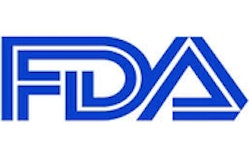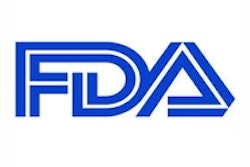The Food and Drug Administration issued two major proposals Wednesday morning in an effort to cut back on antibiotics used on farms that can spur drug-resistant super bugs, a move some industry insiders think puts drug companies on notice and starts the clock on the Obama administration’s three-year strategy to rein in the use of antibiotics.
The first part of Wednesday’s announcement was the release of the long-awaited final guidance, which essentially asks veterinary drug companies to remove growth-promotion claims from antibiotics that are important for human medicine. The agency is giving all drug companies 90 days to notify FDA if they will voluntarily agree to do so. After a lot of private sector engagement, FDA officials say they are optimistic most will and the companies that don’t could face regulatory action.
The second part of the plan enacted Wednesday was the release of a proposed rule to require antibiotics currently sold over the counter in large quantities that can be added to feed and water to — for the first time — require prescriptions from veterinarians. Farmers and ranchers will still be able to use medically important antibiotics for what FDA considers judicious uses (to prevent, treat or control diseases), but the goal is to curb the practice of administering the drugs at low dose levels to entire flocks or herds.
“We see this as a very big step forward in the effort to tackle the problem of antibiotic resistance,” Michael Taylor, deputy commissioner for foods and veterinary medicine at FDA, who oversees the food side of the agency according to this Politico article. “We all realize the time has come to take this step and move beyond these growth promotion uses.”
FDA’s announcement started clocks ticking on both fronts. Drug companies now will have three months to notify the agency if they intend to go along with their strategy. FDA, meanwhile, will have three years to implement its plan and evaluate if it’s working. To read more, click HERE.


















